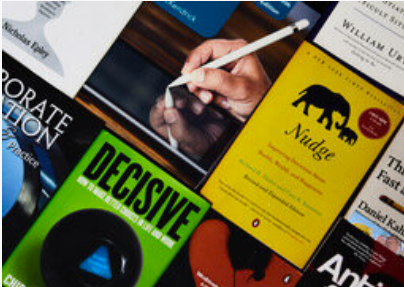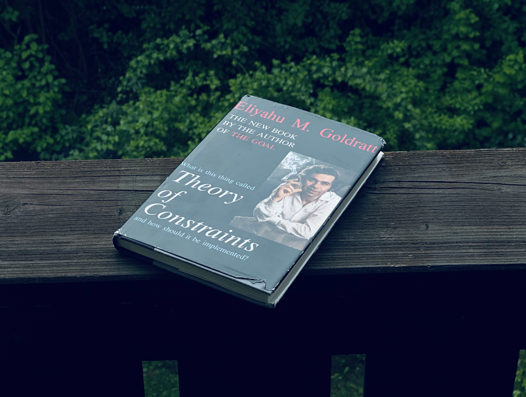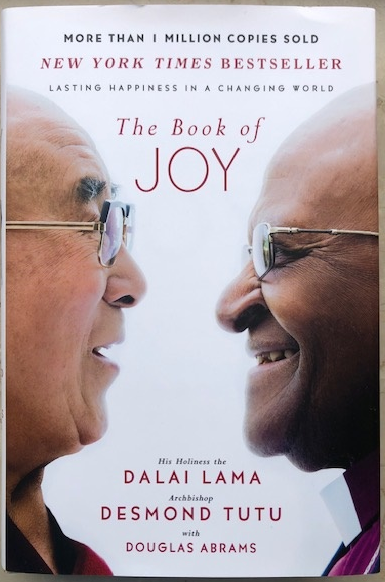Decisive: Changing the Way We Make Choices
It begins quietly, almost invisibly. A choice must be made. It could whether to launch a new product, invest in a technological solution, or initiate a broader transformation initiative. We think we’re rational, that we weigh our options, that we gather facts and decide carefully. But if we’re honest, many of our decisions are based on limited options, emotional reasoning, and a biased search for information that only supports what we already want to do.
This is the starting point of Decisive, a book written by brothers Chip and Dan Heath. Drawing on extensive research in psychology, behavioral economics, and management, they reveal a startling truth: the human mind is a poor decision-maker. Despite our best intentions, we often fall into predictable traps. We frame our choices too narrowly, we give too much weight to our short-term emotions, we trust our assumptions without testing them, and we’re overconfident in how things will turn out.
The power of Decisive lies not just in its diagnosis of these problems, but in the solution it proposes - a framework that can be applied by anyone seeking to make better choices in work and life.
A Decision-Making Crisis in Disguise
We live in a world obsessed with information - more data, more analysis, more dashboards. Yet better data doesn’t automatically lead to better decisions. Consider a finance leader navigating growing demand for efficiency and insight. She might ask, “Should we invest in automation tools or build an internal center of expertise?” While the question sounds strategic, it sets a trap. It frames the situation as a binary choice - either/or - when in reality, there may be many creative paths available. The framing is already too narrow.
Or take a consulting firm evaluating a potential new project with a major client. On the surface, the project promises strong revenue, but it comes with high complexity, tight timelines, and unclear long-term value. The leadership team debates: “Do we take it or pass?” It sounds like a sound decision framework - yes or no - but this framing ignores other options. Could the scope be restructured? Could parts be outsourced or automated? Might this be an opportunity to negotiate a strategic partnership instead of a one-off engagement?
In both cases - and countless more like them - what feels like a rational, data-driven decision process is quietly shaped by cognitive biases and limited framing. As the Heath brothers describe, this is “the villain of narrow framing,” and it's one of the most common traps in modern decision-making.
The Trapdoors of the Mind
If narrow framing limits our vision, confirmation bias distorts what we see within that limited view. We tend to seek out information that supports our initial leanings and ignore anything that might contradict them. The more emotional the decision, the stronger the bias.
Then comes short-term emotion. We feel stressed, excited, afraid, or proud. These emotions, while real, are often tied to the moment - not to the long-term implications of the decision. How many times have we made a hasty choice in the heat of frustration, only to regret it later?
And finally, there is the problem of overconfidence. We plan as if we can predict the future, but life rarely unfolds as expected. We underestimate the risks, overestimate the benefits, and often forget to prepare for what could go wrong.
The Heath brothers argue that we don't make bad decisions because we’re irrational - we make bad decisions because we’re human. But being human doesn’t mean we’re doomed. With a better process, we can outsmart our own wiring.
A Better Way: The WRAP Process
The core of Decisive is the WRAP process - four steps designed to overcome the common traps of decision-making. But unlike most business frameworks, WRAP is built for real-world application. It’s as much about asking better questions as it is about gathering more information.
The first step, Widen Your Options, challenges the assumption that we must choose between two things. The Heaths encourage us to ask, “What else could we do?” They introduce the idea of the “vanishing options test”: Imagine that the current choices are no longer available - what would you do then? This question forces creativity. It helps you escape the trap of “this or that” thinking and opens your eyes to new alternatives.
Once you have more options, the next step is to Reality-Test Your Assumptions. It’s easy to convince ourselves of what we want to believe. So how do we make sure we’re not just echoing our own opinions? One strategy is to look for base rates - what happened to others in similar situations? Another is to run a small experiment, what the authors call “ooching.” For instance, if exploring a more efficient operating model, develop and test it within a single team or region. If you’re considering expanding into a new market, test with a pilot instead of going all in. These small tests provide real feedback from the world, not just theories.
The third step, Attain Distance Before Deciding, invites us to step back emotionally. Decisions made in the heat of emotion often lead to regret. The 10/10/10 rule - how will I feel about this decision in 10 minutes, 10 months, and 10 years? helps us gain perspective. Another simple, powerful trick is to ask: “What would I tell a friend to do in this situation?” It’s amazing how clear things become when we’re not the ones emotionally involved.
And finally, Prepare to Be Wrong. We plan as if we’re right. But the future has a habit of surprising us. The Heaths suggest using “tripwires” - clear signals that tell us when it's time to reassess. If we launch a new service, we might decide in advance: “If we haven’t signed ten clients by June, we’ll reevaluate.” Tripwires keep us honest. They give us permission to adjust without shame, because we planned for uncertainty from the start.
Decisions That Shape the Future
What makes Decisive so compelling is that it doesn’t promise perfection - it promises progress. No one can make flawless decisions all the time. But by using a process designed to challenge our biases, test our assumptions, and open up new possibilities, we can make decisions that are more thoughtful, more grounded, and ultimately, more successful.
This matters. Because decisions are the currency of leadership, of strategy, and of everyday life. A single good decision can lead to growth, innovation, even transformation. A bad one - especially one made under pressure or with flawed thinking - can create years of setbacks.
The beauty of the WRAP process is that it scales. It works whether you’re leading a global company or just trying to decide if you should move to a new country. It doesn’t require sophisticated tools - just awareness, discipline, and a willingness to ask better questions.
Final Reflection
Decisive offers a powerful reminder that our choices shape our lives, and that we’re not at the mercy of our mental flaws. With the right approach, we can become better decision-makers - not just for ourselves, but for our teams, our organizations, and our future.
If we widen our view, test our thinking, gain emotional clarity, and stay humble about the future, we can make choices not just with confidence but with wisdom.





